ECG Blog #432 — "Should I Shock this Patient?"
Ken Grauer, MD
MAY 31, 2024
No shock was needed. But considering that patients have been shocked for tracings resembling the ECG shown in Figure-1 — it may be worthwhile to present another example. The September 15, 2023 post — for PTA. The March 17, 2023 post — for PTA. The January 17, 2023 post — for PTA. Is there a pulse?

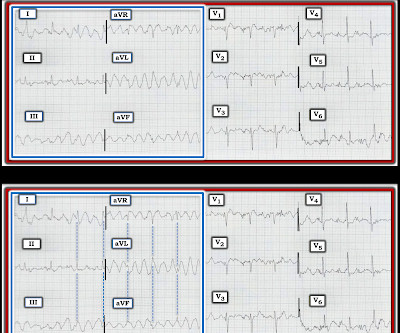


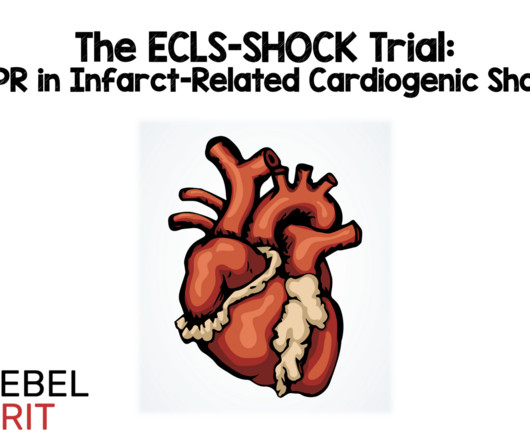

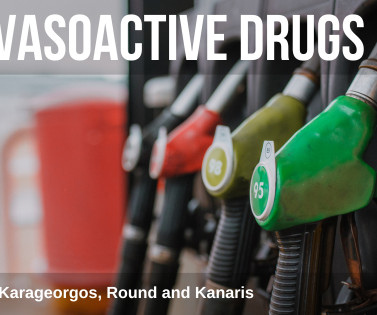







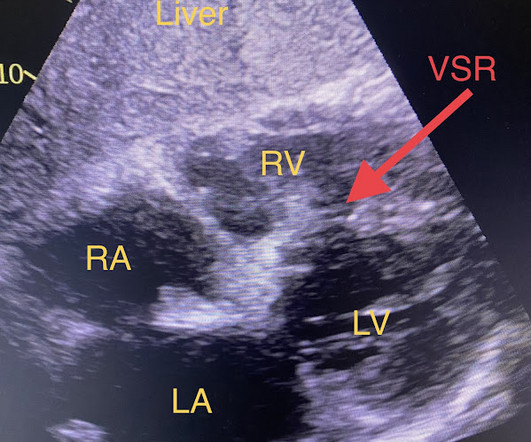



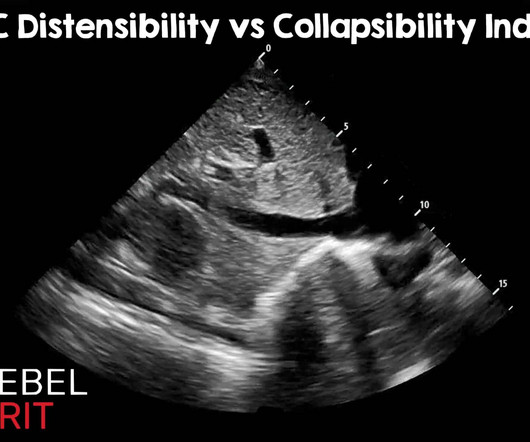

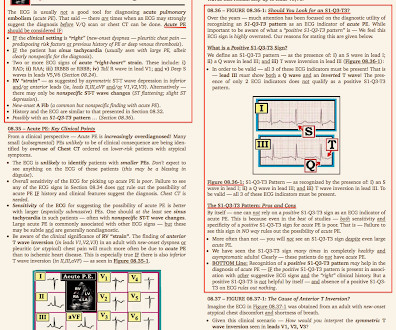





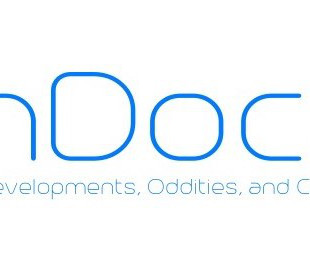



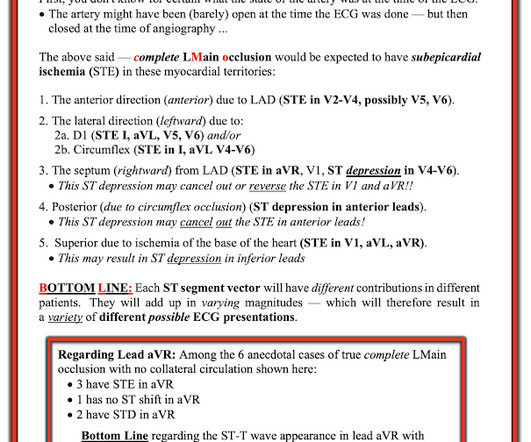

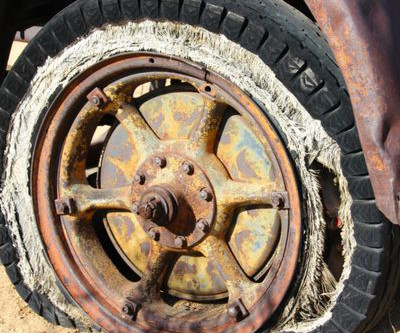






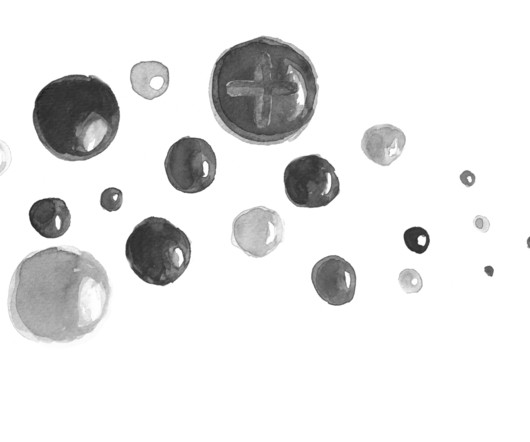











Let's personalize your content